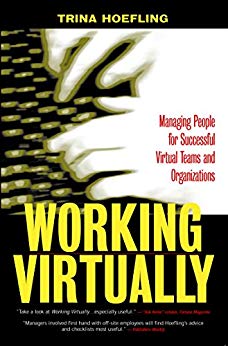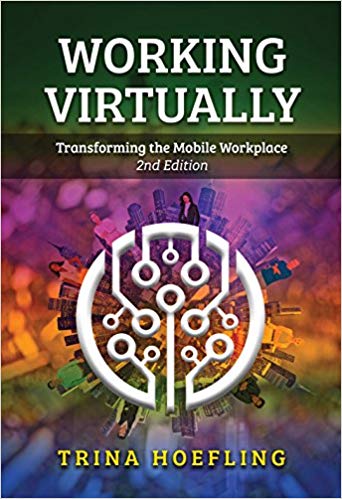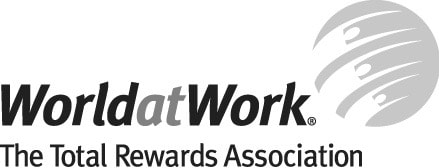“In an era when Big Data ‘knows’ employees better than we know ourselves, being authentically connected to people and the organization makes all the difference.” Trina Hoefling
As Seen On

SPEAKER & THOUGHT LEADER
Mobile Workplace and Virtual Team Engagement Expert
Trina brings to the stage more than three decades of experience as a trusted strategic executive coach, virtual team facilitator, and mobile workplace transformation consultant.
Passionate about the growing virtual workforce movement, Trina welcomes opportunities to address audiences who are both excited and skeptical about the ever-evolving mobile workplace.
Explore Hosting Trina as a Speaker!AUTHOR
Working Virtually: Transforming the Mobile Workplace
“How are you going to guide, coach, and evaluate your team when you lay eyes on them just four times a year? Take a look at Working Virtually.”
~ Fortune Magazine
“Managers involved first hand with off-site employees will find Hoefling’s advice and checklists most useful.”
~ Publishers Weekly
Working Virtually is the fruit of Trina’s three decades of experience planning and implementing remote work environments. She provides expert guidance and practical guidelines for flexwork champions and anyone planning a shift to remote work, whether leading distributed teams or working as a virtual team member.
What Readers Are Saying About The Books!


COACH & FACILITATOR
Elevating Leaders as They Build and Nurture High Performing Virtual Workforces
Want your leaders and teams to be more focused, strategic, and operationally effective? Want virtual team members to be more connected, empowered and engaged?
Trina works alongside leaders to develop and reinforce networked, collaborative teams that interact virtually and face-to-face, building high trust relationships in a digitally-driven workplace. She can work with executives and change leaders to redesign the workplace to be hybrid and mobile.
Trina guides leaders and team members to build on current strengths while developing essential virtual competencies that support professional and organization goals in a mobile workplace.
She helps organization leaders and team members develop the right skills, instead of forcing people through an inflexible process.
PRESS KIT
Your Go-To Mobile Workforce Expert
With 50% of the US workforce estimated to be working virtually by 2020, there is an undeniable buzz around the topic.
Trina lives and breathes all things mobile workplace. She welcomes opportunities to speak with anyone researching, podcasting or writing about the gig economy, remote work, telecommuting, digital nomads, leading virtual teams, virtual employee engagement, or the dos and don’ts for fully distributed and hybrid companies.
Tap Trina’s Expertise For Your Next Article



